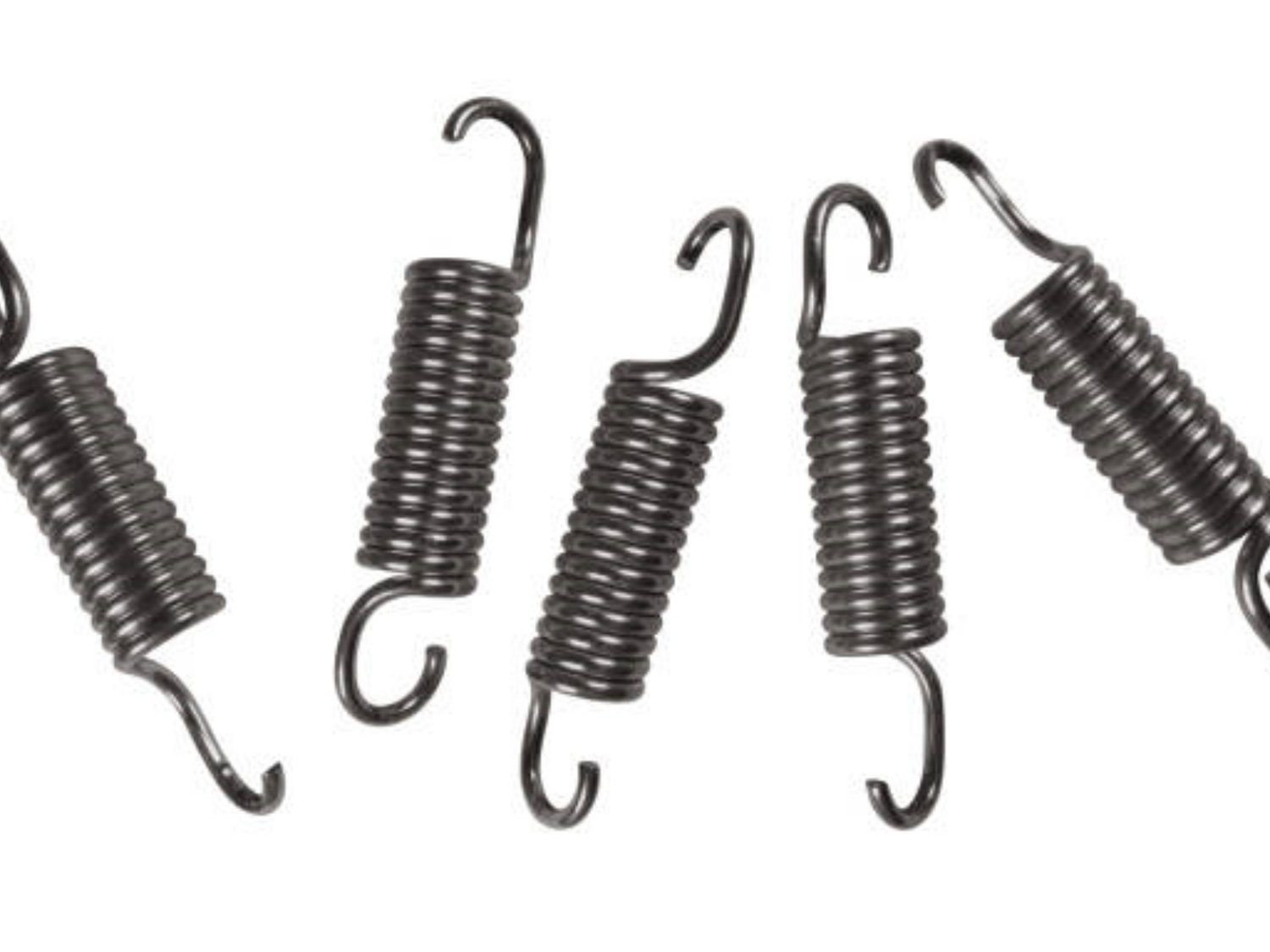Introduction: What are tension gas springs?
Tension gas springs, also known as tension springs or gas struts, are mechanical devices used to provide controlled force and motion in various applications. They consist of a piston rod enclosed in a cylinder filled with compressed gas, typically nitrogen. When the gas spring is extended or compressed, it exerts a force in the opposite direction, thereby creating tension. These springs are commonly used in automotive, aerospace, industrial, and furniture industries, among others. In this article, we will explore the different aspects and applications of tension gas springs.
1. How Do Tension Gas Springs Work?
Tension gas springs work on the principle of gas compression and expansion. When the gas spring is in its relaxed state, the gas inside the cylinder is at a specific pressure. As the piston rod is extended or compressed, the volume of the gas changes, causing the pressure inside the cylinder to increase or decrease accordingly. This change in pressure generates the desired force, which can be customized based on the application's requirements.
2. Advantages of Using Tension Gas Springs
Tension gas springs offer several advantages over traditional mechanical springs or other force-generating devices. Some of the key advantages include:
- Smooth and controlled motion: Tension gas springs provide a smooth and controlled motion, allowing for precise positioning and movement in various applications.
- Adjustability: The force exerted by tension gas springs can be easily adjusted by changing the gas pressure or the dimensions of the spring.
- No external power source required: Tension gas springs rely on the stored energy in the compressed gas, eliminating the need for external power sources.
- Compact and space-saving: Tension gas springs are compact in size and can be easily integrated into different systems or structures, making them space-saving.
3. Applications of Tension Gas Springs
Tension gas springs find applications in a wide range of industries and products. Some of the common applications include:
- Automotive industry: Tension gas springs are used in car hoods, trunk lids, tailgates, and convertible tops to provide controlled opening and closing.
- Aerospace industry: These springs are utilized in aircraft doors, seat adjustments, and cargo compartments for smooth operation.
- Furniture industry: Tension gas springs are used in chairs, recliners, and adjustable desks to provide comfortable seating and easy height adjustments.
- Medical equipment: These springs are employed in hospital beds, surgical tables, and rehabilitation equipment for smooth height adjustments and positioning.
- Industrial machinery: Tension gas springs find applications in industrial machinery, such as conveyor systems, assembly lines, and heavy equipment, for controlled movement and positioning.
4. Factors to Consider when Selecting Tension Gas Springs
When selecting tension gas springs for a specific application, several factors need to be considered:
- Force requirements: Determine the required force based on the weight or load the gas spring needs to support or control.
- Stroke length: Consider the desired range of motion or stroke length required for the application.
- Operating environment: Evaluate the operating conditions, including temperature, humidity, and exposure to chemicals or contaminants.
- Mounting options: Choose the appropriate mounting options based on the available space and structural requirements.
- End fittings: Select the suitable end fittings that can be easily attached to the application and provide a secure connection.
5. Installation and Maintenance of Tension Gas Springs
Proper installation and maintenance are essential for the optimal performance and longevity of tension gas springs. Here are some guidelines:
- Follow the manufacturer's instructions for installation, including proper alignment and mounting.
- Regularly inspect the gas springs for any signs of wear, damage, or leakage.
- Keep the gas springs clean and free from dirt, debris, or excessive lubrication.
- Do not exceed the recommended force or stroke limits specified by the manufacturer.
- Replace worn-out or damaged gas springs promptly to ensure safe and reliable operation.
6. Safety Considerations with Tension Gas Springs
While tension gas springs offer numerous benefits, it is essential to consider safety precautions to avoid any potential hazards. Here are some safety considerations:
- Ensure proper installation and secure attachment of the gas springs to prevent accidental detachment.
- Use appropriate safety mechanisms, such as locking mechanisms or dampers, to prevent sudden or uncontrolled movements.
- Do not tamper with or modify the gas springs, as it may compromise their functionality and safety.
- Keep users and operators informed about the presence and operation of tension gas springs to prevent any mishaps.
- Regularly inspect and maintain the gas springs to identify and address any potential safety issues.
7. Common FAQs about Tension Gas Springs
Here are some frequently asked questions about tension gas springs:
- Q: Can tension gas springs be used in both horizontal and vertical orientations?
- A: Yes, tension gas springs can be used in both horizontal and vertical orientations, depending on the application requirements.
- Q: Can the force exerted by tension gas springs be adjusted after installation?
- A: In some cases, the force can be adjusted by altering the gas pressure or changing the dimensions of the spring.
- Q: How long do tension gas springs typically last?
- A: The lifespan of tension gas springs varies depending on factors such as usage, operating conditions, and maintenance. However, they are designed to provide reliable performance for thousands of cycles.
8. Conclusion
Tension gas springs are versatile and efficient devices that offer controlled force and motion in various applications. Whether in the automotive, aerospace, furniture, or medical industry, tension gas springs provide smooth and reliable operation for improved functionality. By understanding their working principle, applications, selection criteria, installation, maintenance, and safety considerations, you can harness the benefits of tension gas springs effectively and ensure their optimal performance in your projects or products.

